India Could Become 4th Country With Stealth Jet How Will Indigenous AMCA Gain Air Edge On China’s J-20?
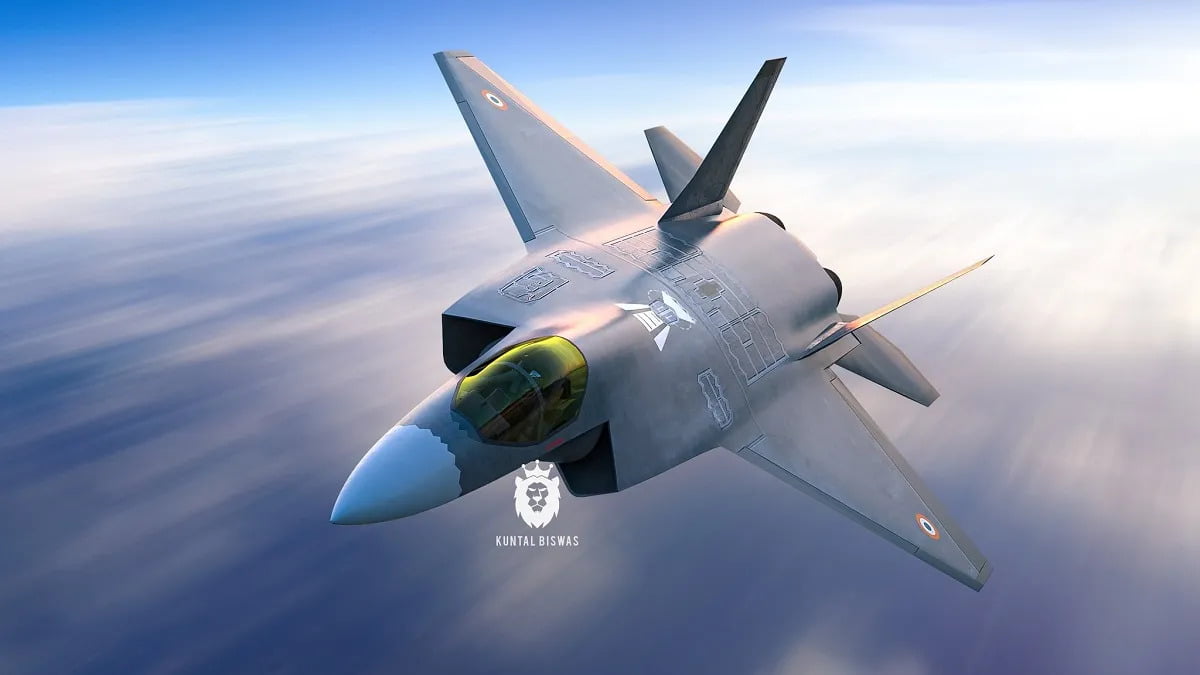
The Chinese PLA Air Force’s fifth-generation J-20 ‘Mighty Dragon’ is a valuable possession. Will the Chinese stealth fighters have a possible adversary right over the border now that India’s prototype of AMCA has gone into production?
The Chengdu J-20 is a single-seat, multi-role stealth fighter that has been featured extensively in military parades and air shows across China as a sign of China’s expanding air might.
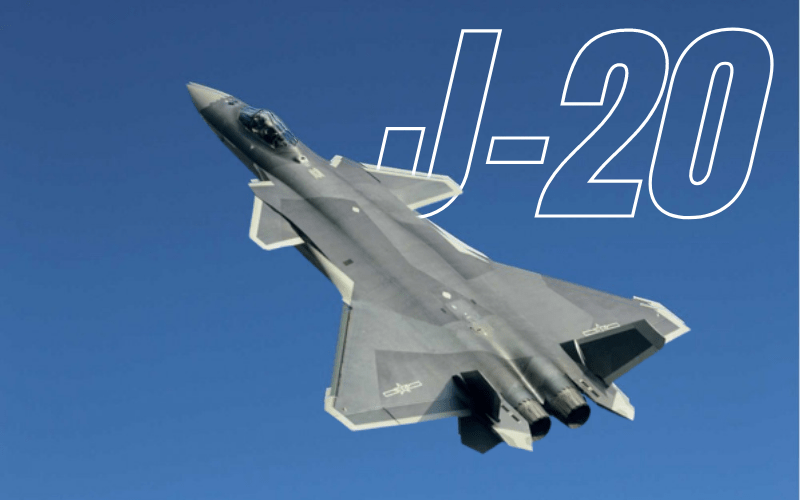
The J-20 reportedly went into general production last year when a domestically developed WS-10 engine replaced the Russian AL-31F Turbofan engine. The present WS-10C engine will be phased out in favour of the more modern WS-15, according to Chinese plans.
Russian-made engines have typically fueled Chinese planes. China has long tried to create its own engine in order to acquire maximum flexibility and independence from Russian engines. The successful integration of the WS-15 on J-20s could be China’s next major step toward self-sufficiency.
The WS-15, China’s next-generation turbofan engine, has finished extensive testing and will significantly improve the performance of the J-20 stealth fighter jet.
According to China Central Television (CCTV), the WS-15 engine has completed multiple testing since the WS-10, China’s first independently produced high performance, high thrust turbofan engine with afterburner, was installed on fighter jets such the J-10, J-11, and J-20 in 2016.
According to CCTV, the WS-15 has a low bypass ratio and is capable of thrust vector control. It was designed for fifth-generation fighter jets, both heavy and medium. The J-20s were planned to be merged with the WS-15, but China elected to stick with the WS-10C due to test problems.
The Chinese military now has about 50 J-20s in its force. According to a report in the South China Morning Post, new J-20s would be equipped with the WS-15 engine. China has been working tirelessly to reduce the gap with the US Air Force, and the modifications to the WS-10 engines are designed to compete with the US F-22 Raptors.
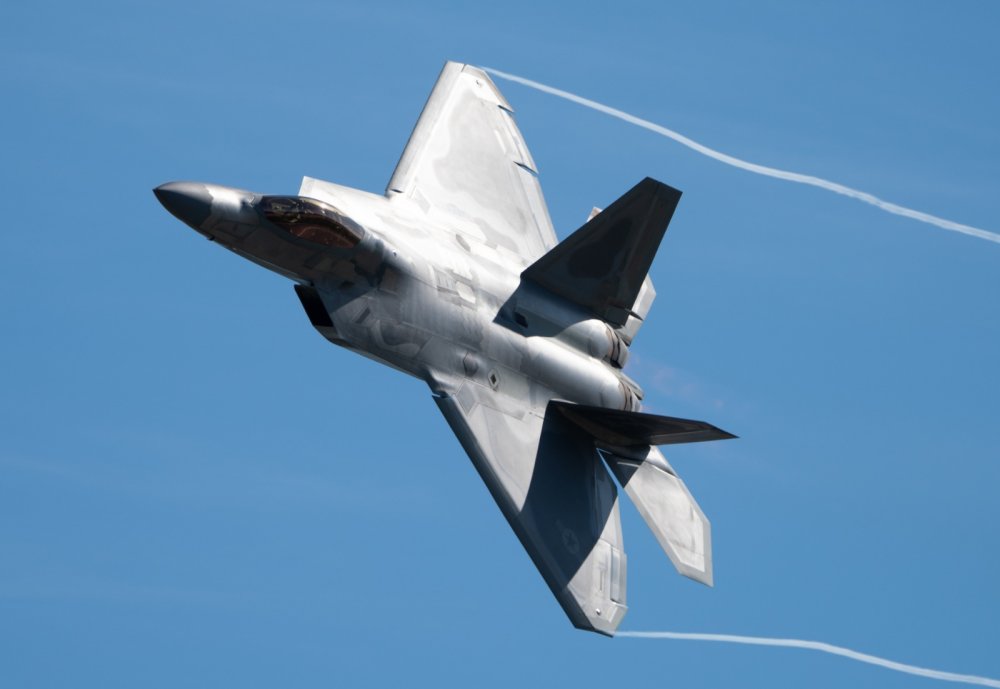
China will begin updating the J-20 engines this year to include thrust vectoring technology, bringing them closer to the performance of the American F-22 Raptor.
The J-20 has also been compared to the F-35, another fifth-generation fighter aircraft in the United States’ arsenal. China is allegedly on track to enhance J-20 aircraft manufacturing. This could be in response to the United States’ plan to field more than 2,000 F-35 stealth fighter jets across its three armed forces, in addition to Japan’s multibillion-dollar F-35 purchase.
Following a violent confrontation with Indian forces at Galwan in eastern Ladakh in June 2020, China moved J-20s to air facilities in Xinjiang.
The AMCA Stealth of India
The first prototype of India’s next-generation fighter jet, the Advanced Medium Combat Aircraft, was recently “metal cut” by the country’s Defence Research and Development Organisation (DRDO).

The AMCA’s first flight is planned for 2024-25, with serial manufacturing starting in 2030.
The Indian Air Force has committed to 40 AMCA Mk-1 fighters, as well as at least 100 Mk-2 variants and unmanned aircraft, according to reports. The stealthy AMCA, like the Chinese J-20, will have’super cruise’ capabilities.
With AMCA, India will join a select group of nations that have fifth-generation stealth aeroplanes. Such fighters have been built by the United States (F-35 and F-22 Raptors), Russia (Su-57), and China (J-20).
Although it is unclear how the AMCA, which has yet to be produced, would compare to the Chinese J-20,
The AMCA will be available in stealth and non-stealth variants, according to Aeronautical Development Agency chief Girish Deodhare, and will be built in two stages: an AMCA MK1 with an existing GE414 afterburning turbofan engine that powers the LCA Tejas, and an AMCA Mk2 with a new, more powerful engine that will be developed in collaboration with a foreign player.
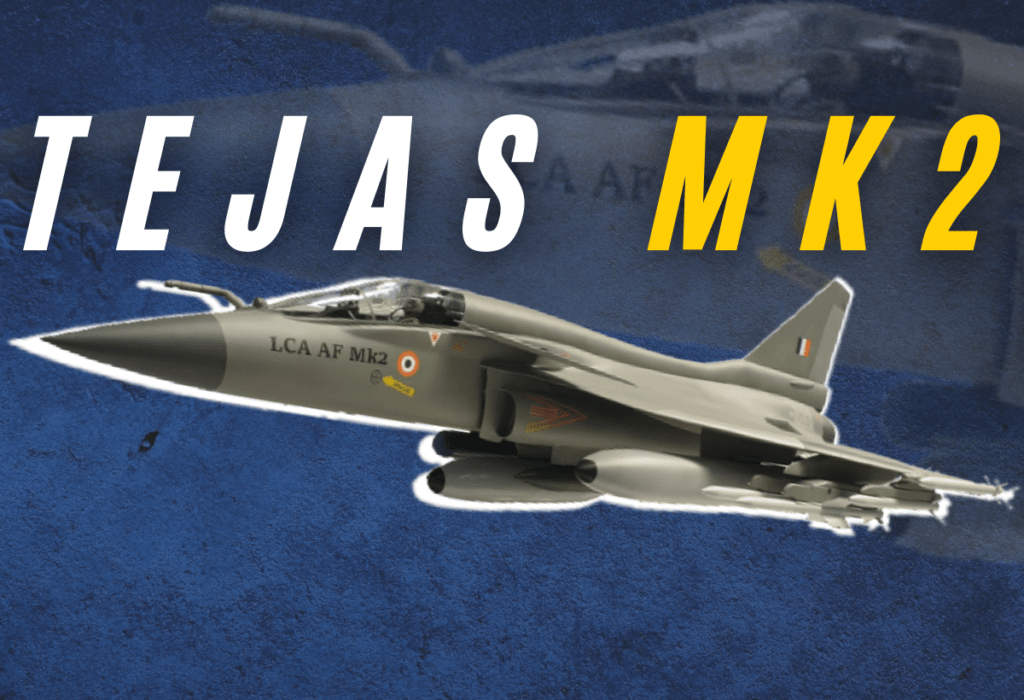
According to reports, India and France are nearing an agreement on the cooperative development of a 125KN engine that will power the AMCA. The agreement is anticipated to be finalised soon.
The Indian Air Force’s futuristic aircraft AMCA, according to some experts, could be modelled after the American F-35. If true, this might result in better interoperability between the Indian and US Air Forces, as well as causing major headaches for the PLAAF.
AMCA will be a single-seat stealth fighter jet with twin turbofan engines that can fly in all weather conditions. It will be capable of air superiority, ground strikes, enemy air defence suppression, and electronic warfare, among other things. China is apparently developing a two-seat J-20 version.
AMCA is built for super-cruise and has a smaller radar cross-section. Both of these qualities are already present in the J-20 Mighty Dragon, which the AMCA strives to include. Furthermore, the J-20 made its first flight a decade ago and was inducted into the Hall of Fame in 2017, whilst the AMCA is yet to fly.
In stealth mode, the 20-ton AMCA fighter could carry one-and-a-half tonnes of ordnance in internal weapon bays. On external pylons under the wings and fuselage, the non-stealth model would carry weaponry, targeting and observation pods, as well as fuel tanks.
The AMCA, like the indigenous LCA Tejas, may be equipped with Python missiles, Astra BVRAAM, Vympel R-77 and R-73 air-to-air missiles, the Kh-59ME TV guided stand-off missile, and the Kh-59MK laser-guided stand-off missile. Advanced missiles could be acquired for the AMCA, much as India sought HAMMER missiles for the LCA.

According to reports, the AMCA could be armed with Directed Energy Weapons (DEWs), similar to what China’s J-20 is expected to receive, according to a Global Times storey.
Modern radars and electronic warfare capabilities with “sixth-generation characteristics” will be included of the AMCA’s avionics suite. For enhanced stealth, the jet will have a low radar cross-section, as well as AI-based technology and an upgraded cockpit display with a touch screen interface.
All of these specifications should put the plane on pace with the J-20. The AMCA is expected to include thrust-vectoring engines, according to reports. The J-20 is planning to equip its WS-10 engines with thrust vectoring technology, while the WS-15 already has this capability for improved manoeuvrability.
Air superiority is a main goal for both the Chinese J-20 and the Indian AMCA. While the Chinese Air Force produced its fifth-generation fighter years ago, the inclusion of a similar aircraft to the IAF’s arsenal could create a power balance between the two rivals who have been embroiled in a border standoff for a long time.






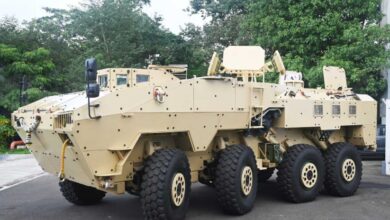
Facebook Comments